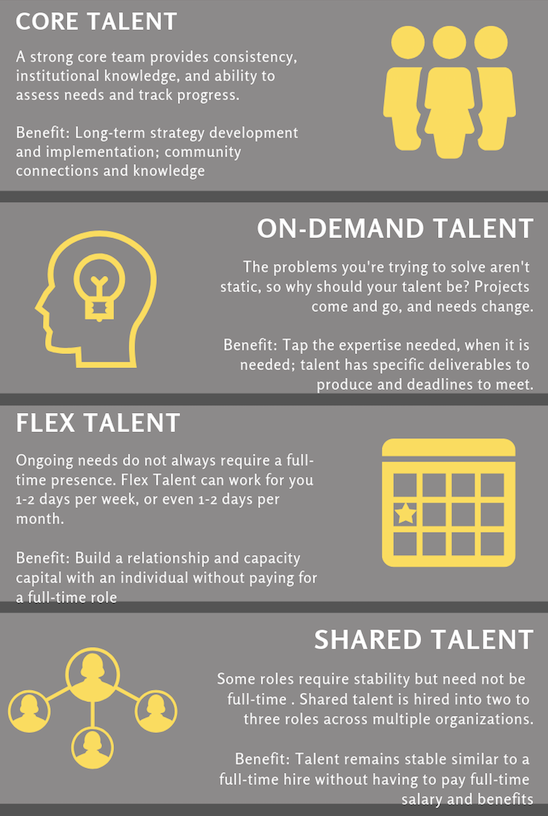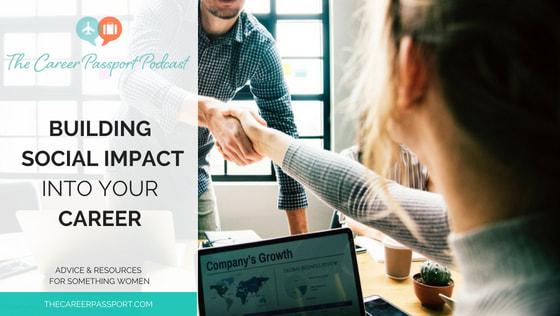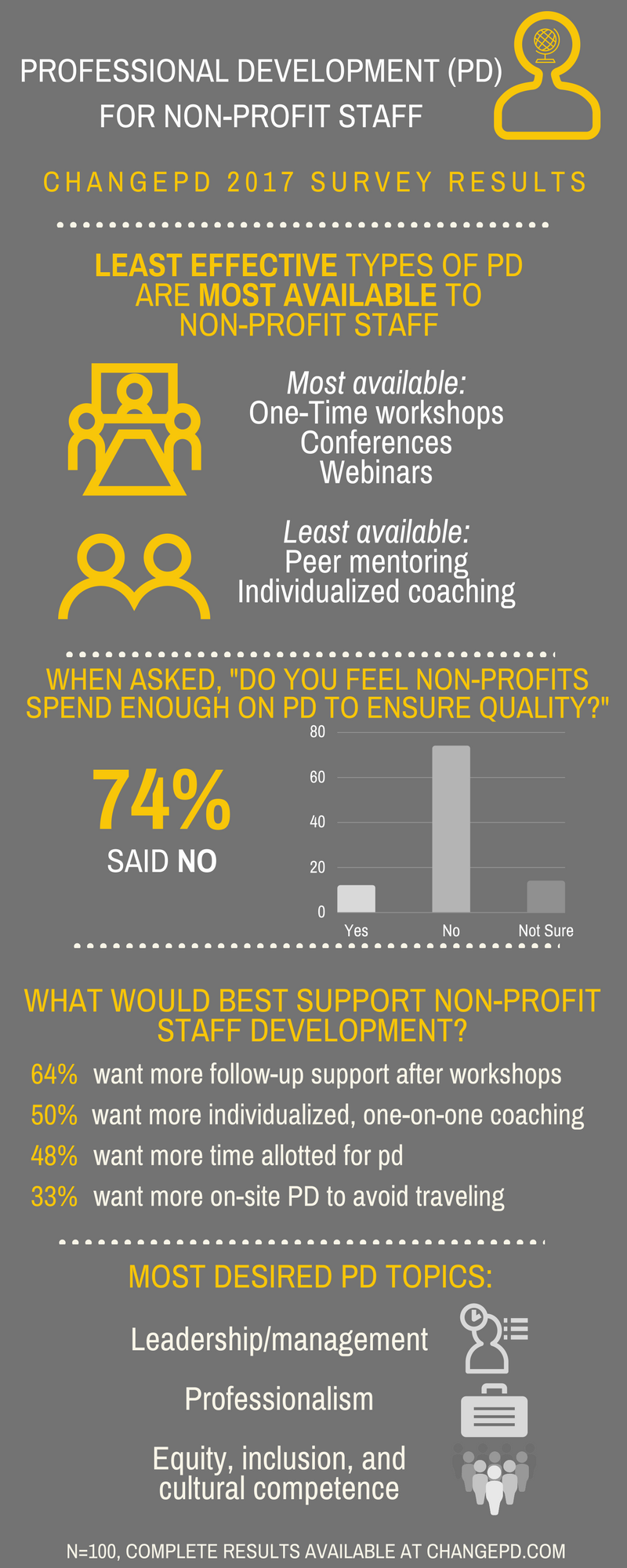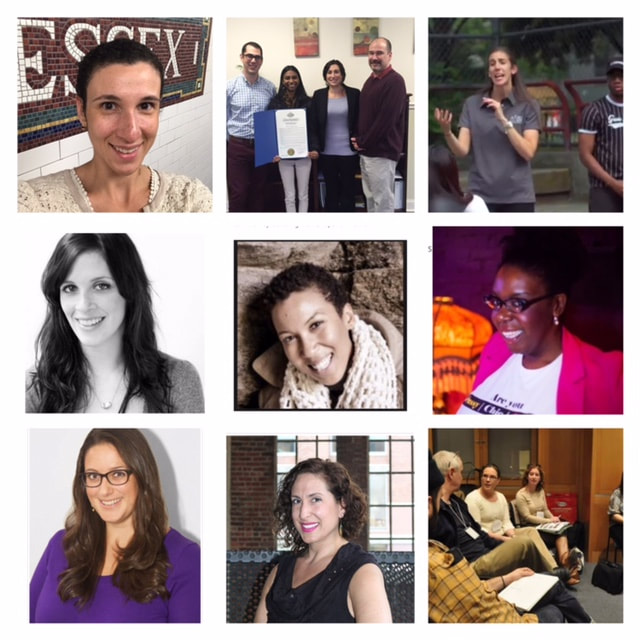|
The Challenge Nonprofit organizations face a paradox: they are expected to tackle our nation’s biggest challenges, yet 62% of Americans believe they spend too much on infrastructure. Despite this public perception, organizations rarely have adequate resources to achieve their missions. And while some philanthropic groups are starting to adopt a pay-what-it-takes approach to funding, there are finite private and public dollars to solve an ever-changing array of social challenges. When nonprofits fail to achieve goals, it’s common to blame programmatic shortfalls or, worse, the service recipients themselves, when in fact many projects are doomed from the start with inadequate resources to achieve results and scale them. Whereas for-profit companies receive millions of investment dollars, often running at a deficit for years while perfecting their products, nonprofits are expected to see immediate results. Emerging Opportunities New workforce trends present opportunities for nonprofits to do more with the same (or less), trends that the corporate sector has already been quick to embrace. The first is the emergence of the so-called gig economy, or the prevalence of contract-based, project-driven work and freelancers who work on-demand for hire. There are 58 million freelancers in the U.S. today, with over half of the American workforce expected to freelance within the next decade. A related trend is workers’ desire for flexibility; 96% of the workforce wants or needs workplace flexibility yet only 19% have access to a range of flexible options. Among workers surveyed, 78% preferred remote work, 74% preferred the ability to shift their schedules, and nearly half sought stable, high-level part-time work. These trends suggest on-demand talent is not only available, but that more and more seasoned leaders and experts are actively seeking flexible work arrangements that can yield both quality and fiscal benefits for organizations. New Talent Models for the Nonprofit Sector I believe on-demand and talent-share models can radically change how nonprofits do their work, increasing the resources available to design and expand effective programs and services. Frequently thought of as “agile talent” in the corporate sector, companies use on-demand services to test ideas, quickly launch solutions in the face of unexpected challenges, and pull in brainpower as it’s needed.
Not only is this a smarter way to get to results, but it’s a money saver, too. The average New York nonprofit spends $60,000 on a grant writer, $70,000 on a staff accountant, $80,000 on a communications specialist, and $100,000 on a human resources lead, with typical benefits packages costing 15%-30% of salary. In addition to these costs, employees require equipment, supplies, space, and supervision. Moreover, research suggests employees are only productive for 3-5 hours/day, suggesting organizations pay for many staff hours each day that do not contribute to supporting your mission.
A nonprofit that replaces just one role with comparable on-demand support can conservatively save $20,000 to $80,000 per year depending on the role. When translating this into results, savings from one role change can translate to 16,000 additional meals to serve the homeless, 5,600 more days of after-school programming for children, or 230 more days of job training for young adults. An exploratory survey of nonprofit leaders suggests they are more open to using on-demand talent than ever before, with 68% using consultants to fill gaps in expertise, 63% filling an entire function with consultants (e.g., grant writing, fiscal management), and 43% replacing one or more full-time roles with consultants. Survey respondents noted that using consultants helps keep costs low, but that it can be difficult to explain their talent model to stakeholders who are accustomed to traditional staffing models. Balancing Opportunity with Pragmatism (and Equity) This framework does not advocate that we broadly terminate staff and only use consultants, and certainly does not suggest we stop investing in benefits typically tied to employment for our talent. Here are a few underpinning ideas for this new talent model to work for both organizations and individuals.
Looking Ahead Change Impact is currently implementing these talent models with a small group of nonprofit partners and plans to launch a number of services to help nonprofits leverage talent in new ways. To learn more about partnering with us, or to sign up for news on this topic, please reach out at [email protected]. Change Impact is a consortium of consultants with extensive and specialized experience in the social sector, led by Jen Siaca Curry, Ed.D. Change Impact is a NYS- and NYC-certified minority and woman owned business. Thanks to Lucy Friedman, Caleb Jonas, and Danielle DiMare for contributing feedback on this article prior to publication. Header photo credit: The Iconfinder Blog
Support for Those Who Support Others: Survey on Professional Development for Non-Profit Staff11/10/2017
Methods:
ChangePD distributed an electronic survey via Google Forms through an e-mail list of non-profit professionals and through social media (Facebook, Twitter, and LinkedIn). One-hundred respondents completed the survey. A copy of the survey is available upon request. Sources: Douglas, B. & Stahl, R. (2017). Less than we thought: A New Analysis of Foundation Investment In The Nonprofit Workforce. Fund the People Hill, S. (2012). Leap of Faith: A Literature Review on the Effects of Professional Development on Program Quality and Youth Outcomes. Accessed from http://files.eric.ed.gov/fulltext/ED539187.pdf. Fund the People. (2017). Accessed from http://fundthepeople.org/toolkit/wp-content/uploads/2017/03/Investment-Deficit-by-the-Numbers.pdf. Garret, M.S., Porter, A.C., Desimone, L., Birman, B.F., & Yoon, K.S. (2001). What makes professional development effective? Results from a national sample of teachers. American Educational Research Journal, Vol. 38, No. 4, pp. 915-945. Landles-Cobb, L., Kramer, K. & Smith Milway, K. (2015). The nonprofit leadership development deficit. Accessed from: https://ssir.org/articles/entry/the_nonprofit_leadership_development_deficit
Jen Curry, Ed.D. grew up in Queens, NY and attended New York City public schools. She is a first-generation college graduate, also earning a masters in non-profit management and doctorate in education leadership from NYU. Jen has held roles in after-school program management, education and youth development policy and advocacy, summer camp leadership, and workforce and career development. She is a member of the NYU Latino Alumni Committee and Vice President of the NYS Network for Youth Success board of directors, and leads ChangePD’s efforts to deliver high-impact and cost-efficient professional development.
Bari Katz is an educator, facilitator, and curriculum designer who works with organizations and schools across the country to develop programs, trainings and custom curricula around equity, diversity and inclusion, and social justice. She also supports organizations with culture building, coaching, and strategic replication planning. Among Bari’s many accomplishments, she co-founded a high school and serves as an adjunct professor at CUNY’s Borough of Manhattan Community College. Charise Liggins is the founder of Sassy | Chic | Geek – a multi-media design company that creates female avatar characters to celebrate the diversity of women, girls, and ideas that inspire lifelong learning, self-expression and social change. She has worked in both the public and private sector in areas of publishing, finance, education and small business and economic development. Charise received her MS in Nonprofit Management from the New School University and a BBA in Marketing from Pace University. Lori Nathanson, Ph.D. believes that emotional intelligence, part of the social and emotional learning (SEL) field, is a powerful lever to increase equity. With a decade of experience in SEL, Lori synthesizes high-level information on the spot and draws practical connections to both formal and information educational settings. Lori created a personalized program of study combining psychology, education, and policy at Duke University (BA) and continued with interdisciplinary studies for her doctorate at the University of Virginia (PhD). Through her postdoctoral fellowship at Yale, she implemented and studied RULER, an approach to teaching emotional intelligence. Natalie Overton taught middle school in the Bronx and Brooklyn where she fell in love with her students and simultaneously developed a deeper inquiry about the unspoken necessity of self-love, community, and understanding that is needed to create a successful classroom. This led her to train, coach, and mentor teachers to first develop a rooted understanding of themselves. Natalie is a Teach for America alumna, a certified yoga instructor, and the founder of OmmGirls. Ashley Pinakiewicz is a design thinker, brand strategist, and educator. Ashley consults with educational organizations, non-profits, and start-ups to bring human-centered strategy, messaging, and processes to their work. She just completed two years as the the founding 7th grade English teacher at Girls Prep Bronx Middle School, where she learned alongside the world’s best 7th grade girls. Ashley cut her professional teeth at design and innovation firm IDEO. She has a BA in English Literature from Georgetown University and a Masters in Education from Harvard University. Organizational partners: American Camp Association (ACA) of NY and NJ is dedicated to preserving, promoting and enhancing the quality of the summer camp experience. Because of camp, children and adults have the opportunity to learn important lessons in community, character-building, skill development, and healthy life lessons that can’t be learned anywhere else. ACA, NY and NJ's professional development helps camps, schools, and youth programs bring the best of the camping experience to the youth they serve. Museum Access Consortium (MAC) is led by an all-volunteer steering committee, comprised of museum and theater professionals, educators, advocates, and disability service providers with decades of experience training staff, launching and evaluating programs, and advancing cultural inclusion in New York City. NYS Network for Youth Success is dedicated to building a youth-serving system that increases the quality and availability of afterschool and expanded learning programs. The Network supports programs that promote young people’s intellectual, social, emotional, and physical development outside the traditional school day. The Network designed New York State’s school-age care credential and after-school accreditation programs, and offers a range of professional development opportunities across the state. Welcome! Now that you've found us, you might be wondering what to do next. Here are 5 effective ways to use ChangePD.
1. Team leaders can find experts to video-call into staff meetings to provide information and facilitate a unique conversation. (Check out this learning module to find out how!) 2. Non-profit organizations can create new revenue-generating opportunities by posting trainings they already provide and benefitting from ChangePD's marketing channels. You can bring in much-needed unrestricted revenue with little effort - we'll do the grunt work for you! 3. Managers can tap coaches to serve as additional mentors for staff, helping to cultivate internal talent. For example, we can support your site directors to develop as managers by providing HR training or helping to troubleshoot a difficult situation. 4. Trainers and consultants can use ChangePD to fill gaps between projects, sharing their expertise without making a long-term commitment or doing lots of traveling. Put your knowledge to work more frequently by letting us promote your services. 5. Professionals with field-tested expertise can post learning modules to earn supplemental income, without having to set up their own businesses. Who doesn't want a little extra cash, not to mention more experience on your resume? Learn more about becoming a Changemaker here. |
Archives
January 2019
Categories |






 RSS Feed
RSS Feed